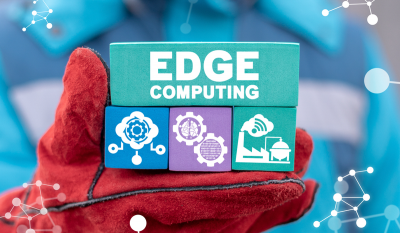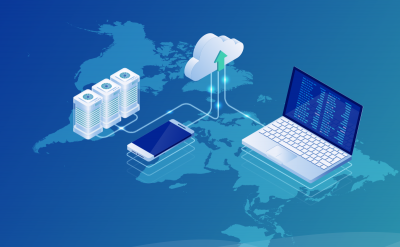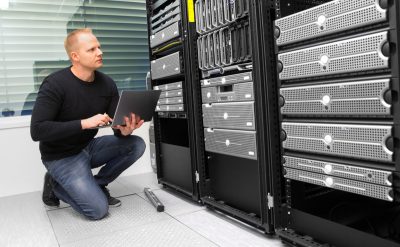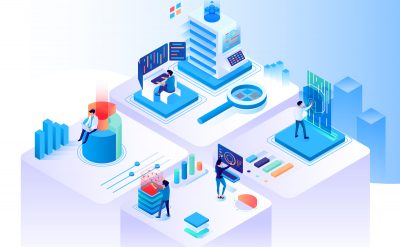Software-defined infrastructure is among the most noteworthy advances in data center technology today as it provides new levels of flexibility in scale-out data infrastructures. The decoupling of hardware and software has presented freedom that was unavailable earlier. It has also seeded a scaling revolution that continues to this day. In present times, Software-Defined Data Centers (SDDC) have become more fashionable as more and more businesses are shifting to the cloud for global operations.
It is an absolute truth that the future data centre will be software-defined. It has to be as it requires flexibility, speed, and efficiency to become competitive in the environment. Why not? Defining resources such as compute, storage, and networking with software enables greater flexibility than traditional hardware.
So, when software is the soul of data center storage, why is hardware important?
As more business-critical applications are moving to hyper-converged platforms, customers may think hardware is unimportant. SDDCs are still dependent upon hardware for their capacity to run and hold data. The myth that software alone can support the data center is incorrect and dangerous. First things first, SDDCs run on hardware! Many must know about it, but if the right servers are not in place, organizations cannot do all the other cool stuff that comes along with SDDC. So, deploying hardware from a verified, trusted solution provider is important, and it makes all the difference.
A hyper-converged infrastructure or hardware aims to simplify all data center components—storage, compute, networking and management—within a single, pre-configured hardware box.
Hyper-converged hardware can have a significant impact on the working of the applications and data center operations. Businesses opt for hyper-converged hardware solutions because they can simplify ops, add flexibility and agility and move in faster.
Let me put forth some of the benefits of hardware to explain why they matter still.
1. Increased capacity
Because SDDC runs on hardware, performance is constrained by the capacity and limitations of the servers. In the absence of hardware, one is forced to operate within the boundaries of available resources, and if those resources are limited, the SDDC capabilities will also be limited.
2. Speedy deployment
A modern infrastructure helps reduce the time it takes to deploy new applications. Automation tools such as zero-touch deployment make life a lot easier for the IT staff. Aging infrastructure consumes a lot of time – IT organizations can take days, weeks, and even months – to deploy new versions of applications in their data centers. Here, modernized servers or hardware can bring the time down by doing the tasks quickly.
3. Easily scalable
The right hardware will allow one to scale to meet changing needs easily. Modernized data servers support data growth because they give the capability to add additional sources, including memory. One can scale out to meet business demands, avoiding infrastructure “sprawl.”
4. Enhanced Staff productivity
One aspect of modernized data servers is that your IT staff need not spend a large chunk of time managing day-to-day tasks. Modernized servers help automate tasks, making it a lot easier to deploy, monitor, and maintain so that the staff can add real value to the business.
5. Workloads supporting new technology
In present times, workloads are growing more complex. And emerging workloads require a large amount of parallelized computation requiring modernized servers designed specifically to support them. An organization needs the right infrastructure or hardware to use machine learning, predictive analytics, or deep learning. A Forrester study found that 67% of the servers purchased next year will help support emerging technology, including additive manufacturing, predictive analytics, and edge computing.
6. Simple workload placement
One benefit of modernized servers is their ability to customize workload placement based on specific needs and resources. It means you can run some of the workloads on-premises (data-sensitive applications) while keeping others in the cloud. For example, PowerEdge MX700, which was specifically designed for SDDC, is a modular, software-defined infrastructure that can assign, move and scale shared pools of storage, compute, and fabric with higher efficiency.
Conclusion
While one may think that it is just the software that matters, the truth is that hardware involves in the pre-integrated services to ensure that everything works seamlessly together to give speed, simplicity, and flexibility for the smooth running of the business. In short, in conditions when other vendors think that hardware plays a side role, one must keep in mind that hardware is the foundation of the software-defined storage. It is the choice of hardware that matters.
To explore more, you can view our insightful and interesting whitepapers here








































































